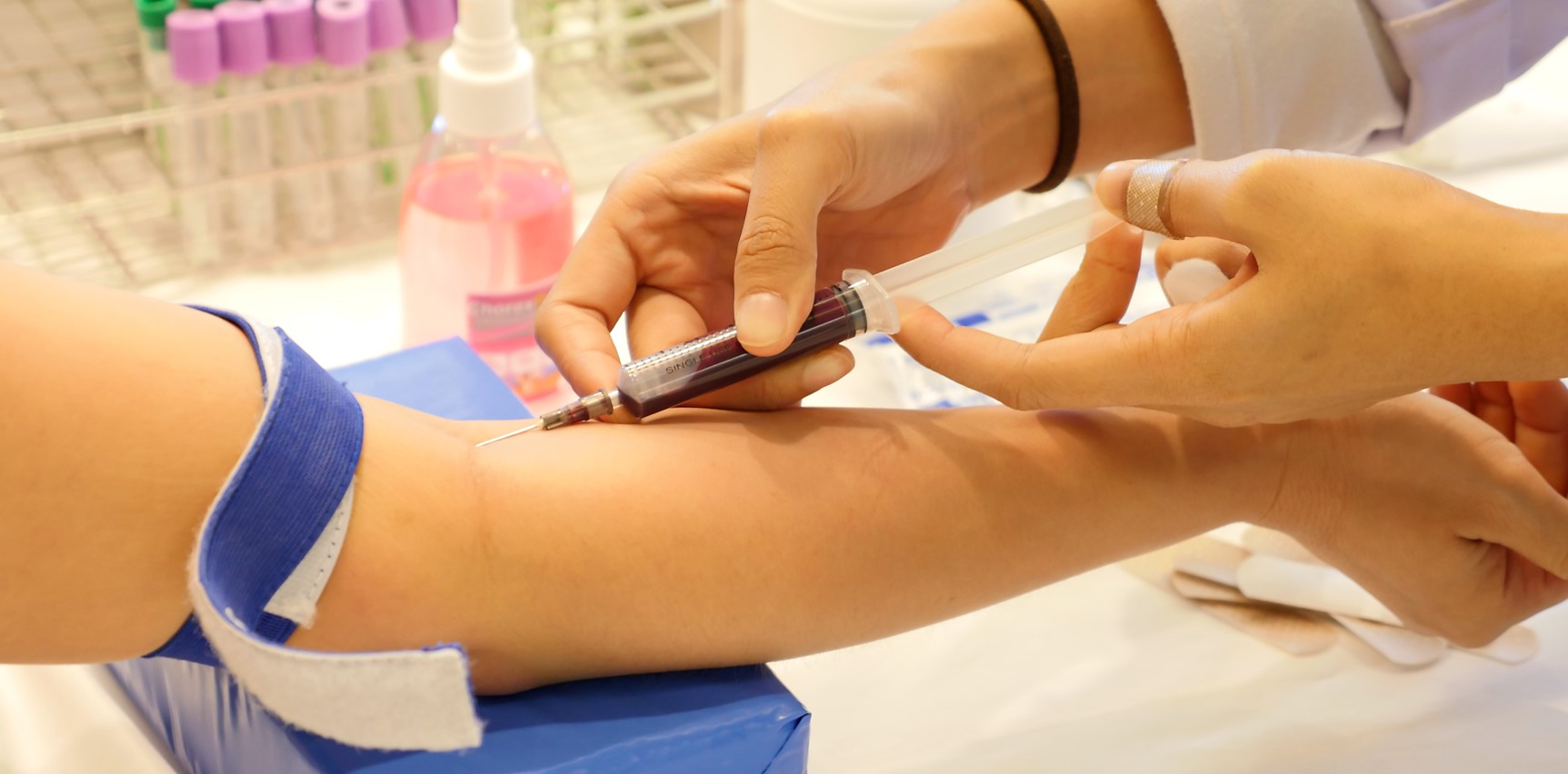Little Known Facts About Northeast Medical Institute - New Haven Campus Phlebotomy Course & Cna Class.
Little Known Facts About Northeast Medical Institute - New Haven Campus Phlebotomy Course & Cna Class.
Blog Article
Getting The Northeast Medical Institute - New Haven Campus Phlebotomy Course & Cna Class To Work
Table of ContentsWhat Does Northeast Medical Institute - New Haven Campus Phlebotomy Course & Cna Class Do?The Best Strategy To Use For Northeast Medical Institute - New Haven Campus Phlebotomy Course & Cna ClassSee This Report on Northeast Medical Institute - New Haven Campus Phlebotomy Course & Cna ClassWhat Does Northeast Medical Institute - New Haven Campus Phlebotomy Course & Cna Class Mean?The Of Northeast Medical Institute - New Haven Campus Phlebotomy Course & Cna ClassSome Known Factual Statements About Northeast Medical Institute - New Haven Campus Phlebotomy Course & Cna Class
The usage of such gadgets need to be come with by other infection prevention and control techniques, and training in their usage.For settings with low sources, expense is a driving consider purchase of safety-engineered tools - PCT Classes. Where safety-engineered gadgets are not readily available, skilled use of a needle and syringe is appropriate. Accidental exposure and specific info regarding an event ought to be videotaped in a register. Support services need to be promoted for those that go through unintentional exposure.
In the blood-sampling area for an outpatient division or center, provide a comfy reclining sofa with an arm rest.
Northeast Medical Institute - New Haven Campus Phlebotomy Course & Cna Class Fundamentals Explained
Make certain that the indicators for blood tasting are plainly specified, either in a written protocol or in recorded directions (e.g. in a research laboratory kind). Collect all the devices needed for the treatment and area it within safe and easy reach on a tray or trolley, ensuring that all the items are plainly noticeable.
Where the individual is grown-up and aware, follow the actions outlined listed below. Present on your own to the individual, and ask the person to specify their complete name. Inspect that the lab type matches the patient's identity (i.e. match the client's information with the laboratory kind, to ensure accurate recognition). Ask whether the license has allergic reactions, fears or has actually ever collapsed throughout previous shots or blood draws.
Make the client comfortable in a supine position (ideally). Place a clean paper or towel under the person's arm. Review the examination to be done (see Annex F) and obtain verbal permission. The individual has a right to decline an examination at any moment before the blood tasting, so it is very important to make certain that the patient has understood the procedure.
Things about Northeast Medical Institute - New Haven Campus Phlebotomy Course & Cna Class
Prolong the individual's arm and check the antecubital fossa or forearm. Locate a capillary of an excellent size that is noticeable, straight and clear. The diagram in Section 2.3, shows common placements of the vessels, yet several variants are possible. The median cubital vein lies in between muscles and is typically the most simple to puncture.
DO NOT place the needle where veins are diverting, due to the fact that this increases the opportunity of a haematoma. The vein needs to show up without applying the tourniquet. Finding the blood vessel will assist in establishing the proper dimension of needle. Apply the tourniquet regarding 45 finger sizes above the venepuncture site and re-examine the vein.
Samplings from central lines lug a threat of contamination or wrong research laboratory examination results. It is appropriate, however not perfect, to draw blood specimens when very first presenting an in-dwelling venous tool, prior to connecting the cannula to the intravenous liquids.
Indicators on Northeast Medical Institute - New Haven Campus Phlebotomy Course & Cna Class You Need To Know
Failing to allow enough call time boosts the danger of contamination. DO NOT touch the cleansed site; in certain, DO NOT put a finger over the capillary to direct the shaft of the exposed needle.
Ask the individual to develop a fist so the veins are more popular. Go into the vein swiftly at a 30 level angle or less, and remain to present the needle along the capillary at the easiest angle of entry - CNA Classes. When sufficient blood has been gathered, launch the tourniquet prior to taking out the needle
The Main Principles Of Northeast Medical Institute - New Haven Campus Phlebotomy Course & Cna Class
Take out the needle carefully and use mild pressure to the site with a clean gauze or completely dry cotton-wool round. Ask the patient to hold the gauze or cotton woollen in location, with the arm extended and raised. Ask the client NOT to flex the arm, due to the fact that doing so creates a haematoma.

The Main Principles Of Northeast Medical Institute - New Haven Campus Phlebotomy Course & Cna Class
Do not press the syringe plunger because extra pressure enhances the danger of haemolysis. Where possible, look at here keep the tubes in a shelf and relocate the rack in the direction of you. Inject downwards right into the ideal coloured stopper. DO NOT get rid of the stopper because it will launch the vacuum cleaner. If the sample tube does not have a rubber stopper, infuse extremely gradually right into television as minimizing the pressure and velocity used to transfer the sampling minimizes the danger of haemolysis.

Report this page